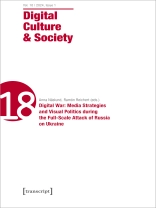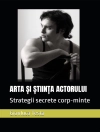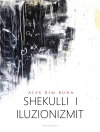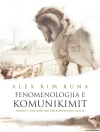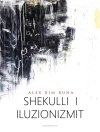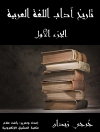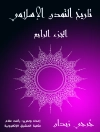Since the full-scale Russian attack on Ukraine on February 24, 2022, warfare on social media and online platforms has introduced a new way of mediatizing war. A constant war-related newsfeed on social media and online platforms has emerged. Against this background the war in Ukraine represents a »fractal war – where you choose to subscribe to your own tailored version of warfare in your feed. This makes it the most personalized war in history« (Andrew Hoskins). This special issue investigates smartphone use, online media, platform politics, and the impact of the crowdsourced war. New forms of digital participation, collective witnessing and web archiving by media users and media providers are linked with new methodological and empirical challenges for source analysis of digital forensics, jurisdiction, and collective memory. The contributors analyze digital society and its relationship to war, violence, genocide, witnessing practices, and cultural appropriation in a critical and reflective manner.
Mengenai Pengarang
Ramón Reichert, Dr., ist Senior Researcher am Department für Kulturwissenschaft, Universität für Angewandte Kunst in Wien.
